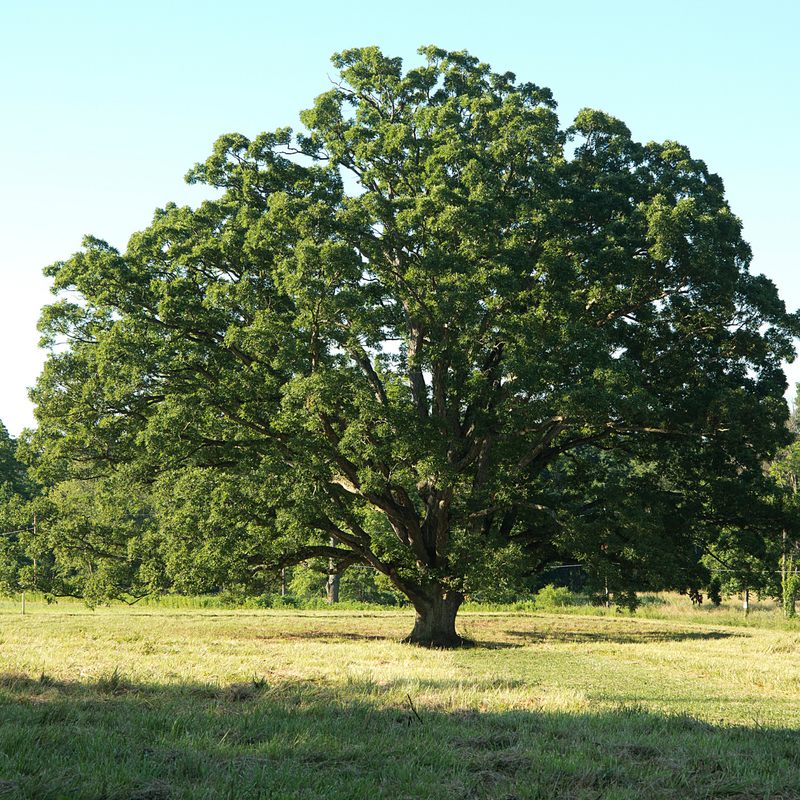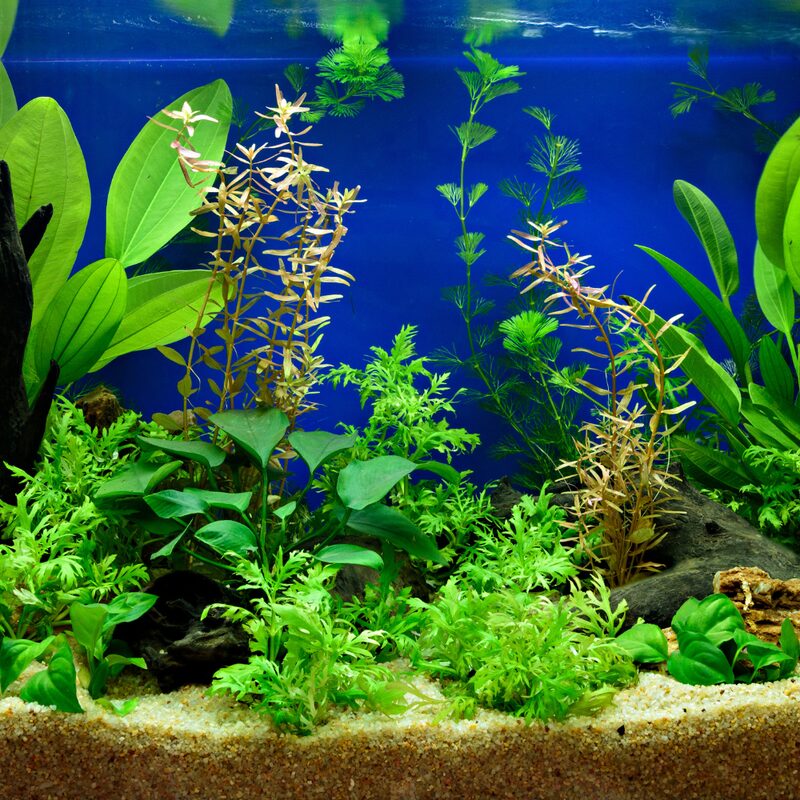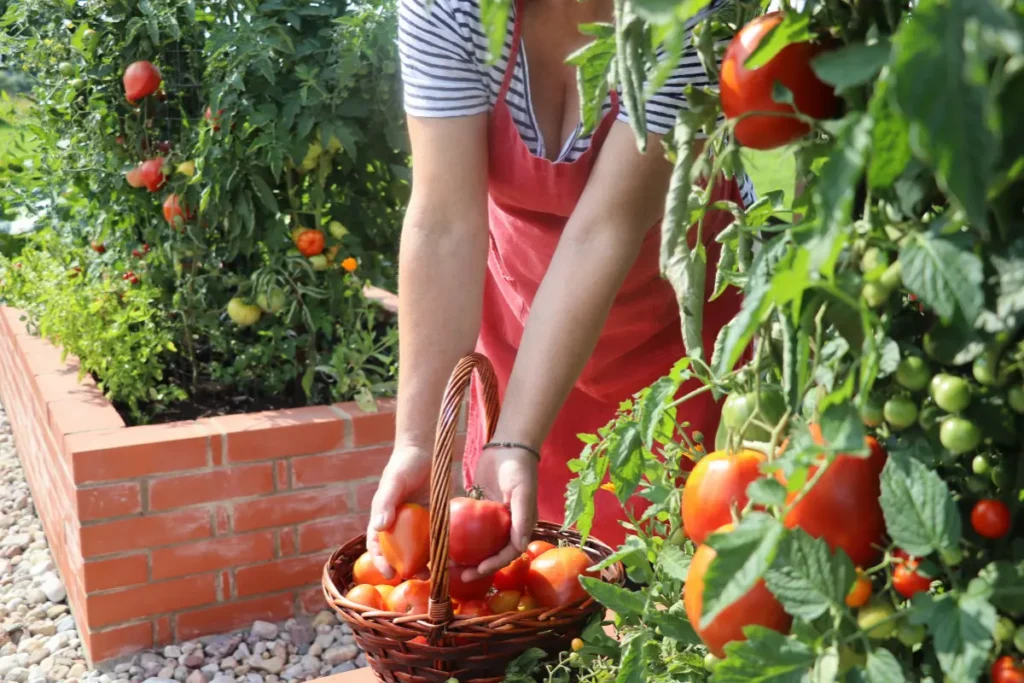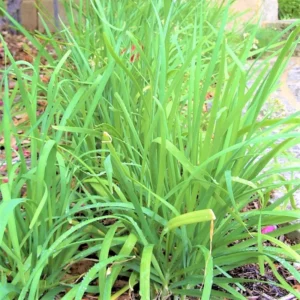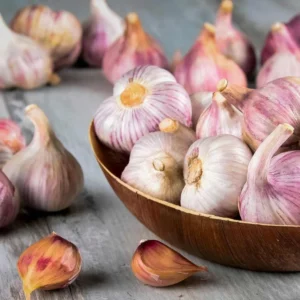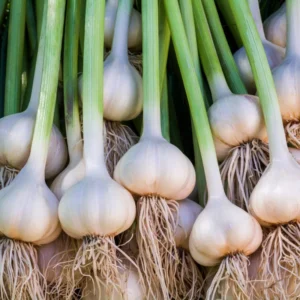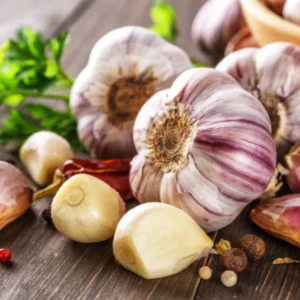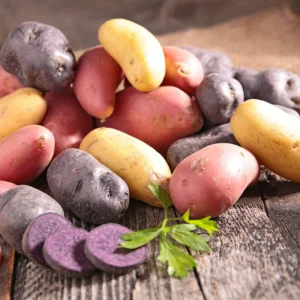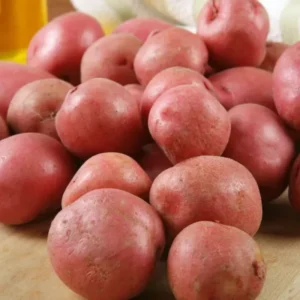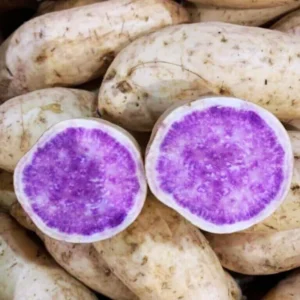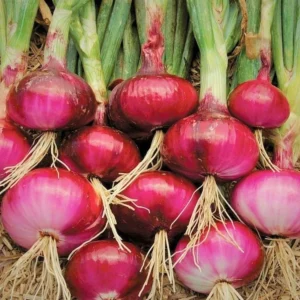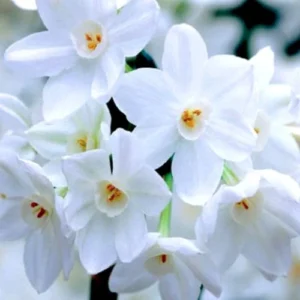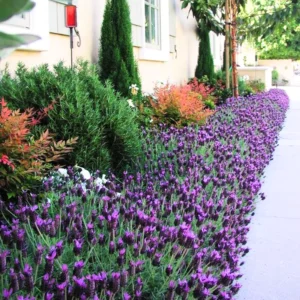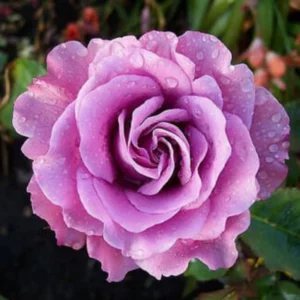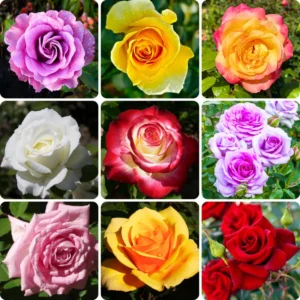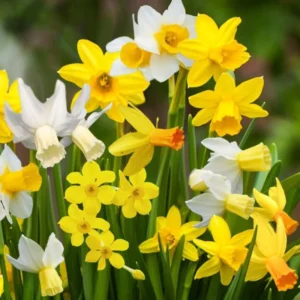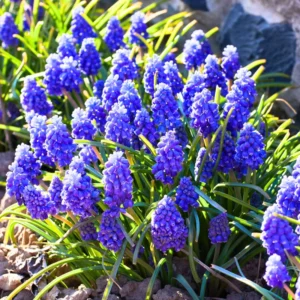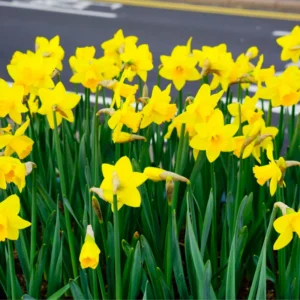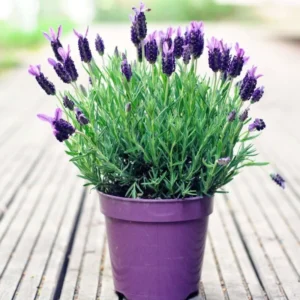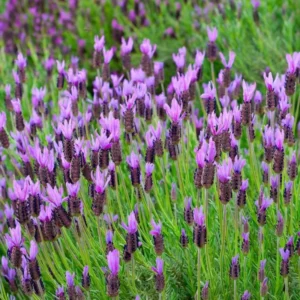Blog Post
Spring Gardening Checklist – How to Prepare Your Garden for Spring Growth
Spring is just around the corner, and it’s time to get your garden ready for a season of vibrant growth! With a little planning and preparation now, you can ensure a flourishing outdoor space that thrives throughout the year. As the days grow longer and temperatures begin to rise, gardeners everywhere start feeling the pull of the growing season ahead. Spring is the time for renewal, and ensuring your garden is well-prepared will set the stage for a lush, productive year. Use this spring gardening checklist to get a head start on your garden prep for spring and set the stage for a successful growing season.
1. Clean Up Garden Beds and Borders
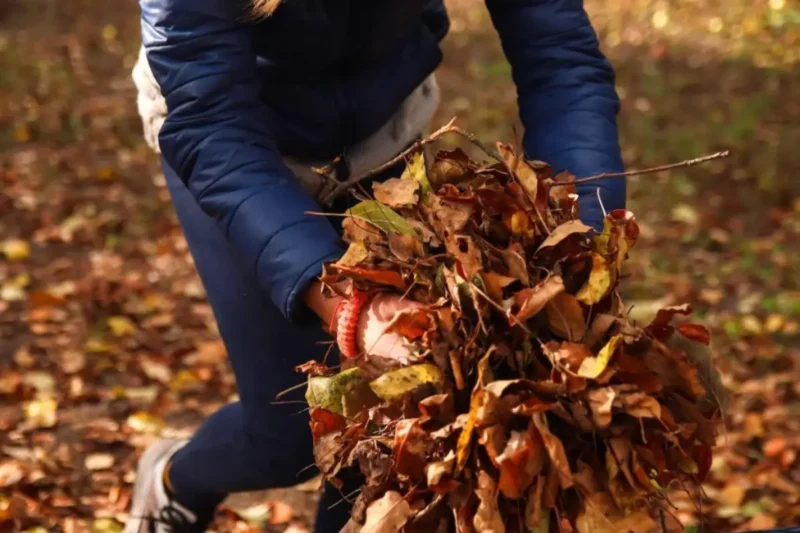
After winter, your garden might look a little worse for wear. Fallen leaves, broken branches, and weeds can make everything feel cluttered and untidy. Now’s the perfect time for a spring clean-up!
Start by removing any dead plant material, including last season’s annuals, dried-up stems, and leftover mulch. If you have herbaceous perennials, cut back the old, dead growth to make way for fresh new shoots. However, if you want to support wildlife, consider leaving some stems and seed heads for a little longer – they provide valuable shelter for insects.
Once the beds are cleared, take a moment to turn over the soil with a fork and mix in some well-rotted compost or manure. This will replenish nutrients and get your garden soil in top shape before planting season begins.
2. Test and Improve Your Soil
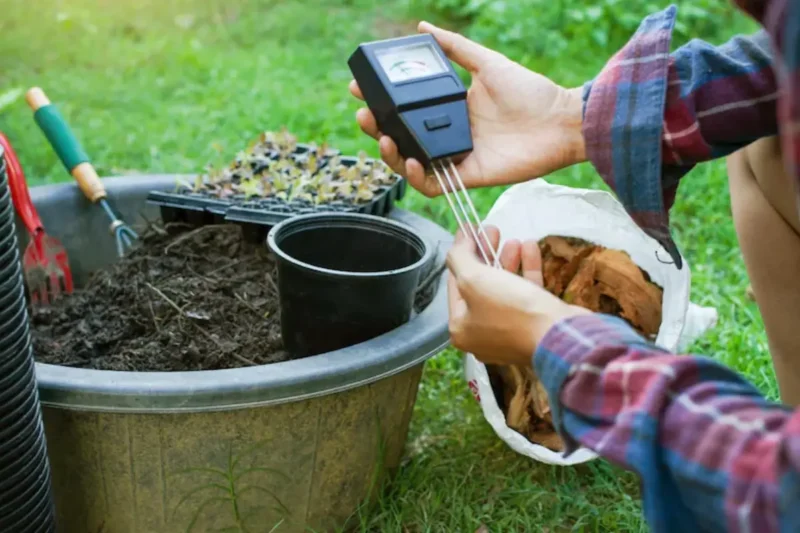
Healthy plants start with healthy soil. Before planting anything new, take a few minutes to test your soil’s pH and nutrient levels using a simple soil testing kit. Most vegetables and flowers thrive in neutral to slightly acidic soil, but knowing your exact pH level helps you make informed adjustments.
To improve your soil, consider adding organic matter like compost, aged manure, or peat moss. If your garden has heavy clay soil, mix in sand or perlite to improve drainage. For sandy soil, adding extra compost will help retain moisture. The better your soil, the stronger and healthier your plants will be!
3. Plan Your Spring Garden Layout
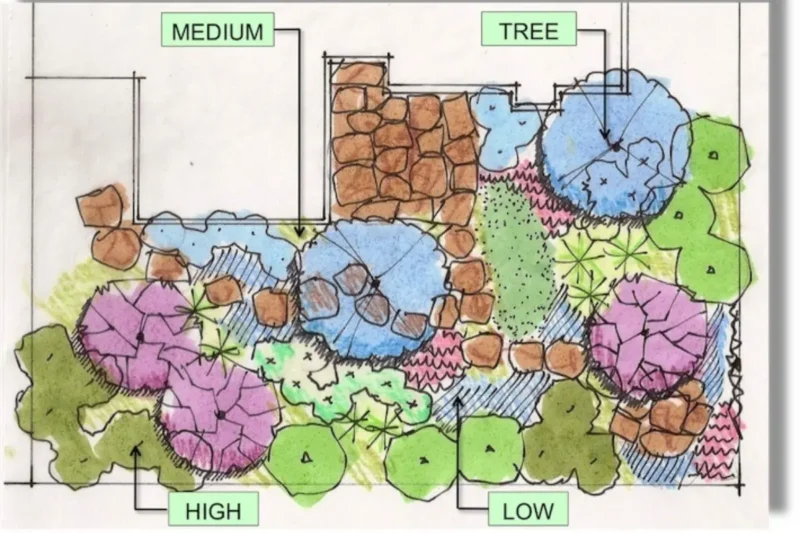
Before you start planting, take a moment to plan out your garden. A little organization now will save you time and frustration later!
Make a rough sketch of where you want your flowers, vegetables, and herbs to go. If you’re growing vegetables, think about crop rotation – planting the same crops in the same spot year after year can lead to depleted soil and increased pests. Instead, mix things up for better results!
Read more: The Best Plants for Zone 3: A Comprehensive Guide
If you’re wondering what to plant in March, early spring is the perfect time for cool-season crops like lettuce, spinach, peas, carrots, and radishes. For flowers, consider daffodils, tulips, pansies, and primroses for a beautiful splash of color.
4. Prune Shrubs and Trees
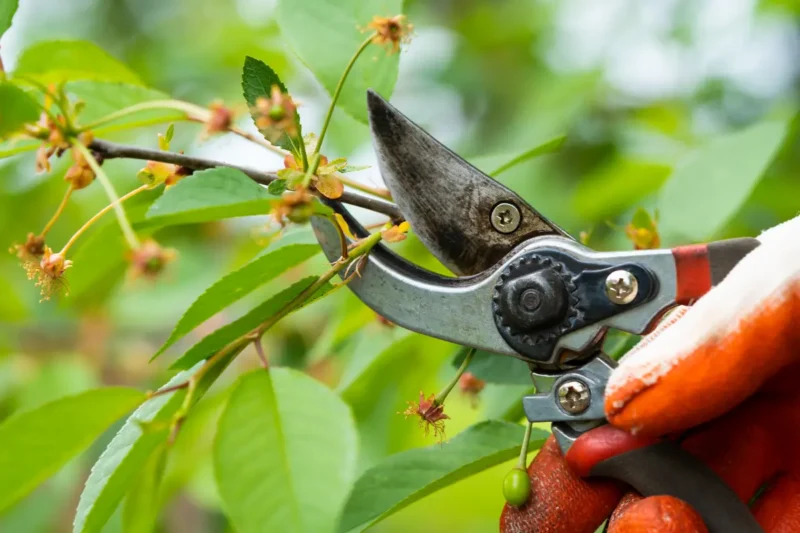
Pruning is an essential task that helps your plants grow stronger and healthier. The best time to prune deciduous trees and shrubs is late winter to early spring, before new growth begins.
- Remove any dead, damaged, or diseased branches to encourage new growth.
- If you have fruit trees like apples or pears, pruning now improves airflow and encourages better fruit production.
- Trim roses and flowering shrubs to shape them before new buds appear.
A well-pruned garden not only looks tidier but also helps prevent diseases and encourages more flowers and fruit later in the season!
5. Start Seeds Indoors for a Head Start
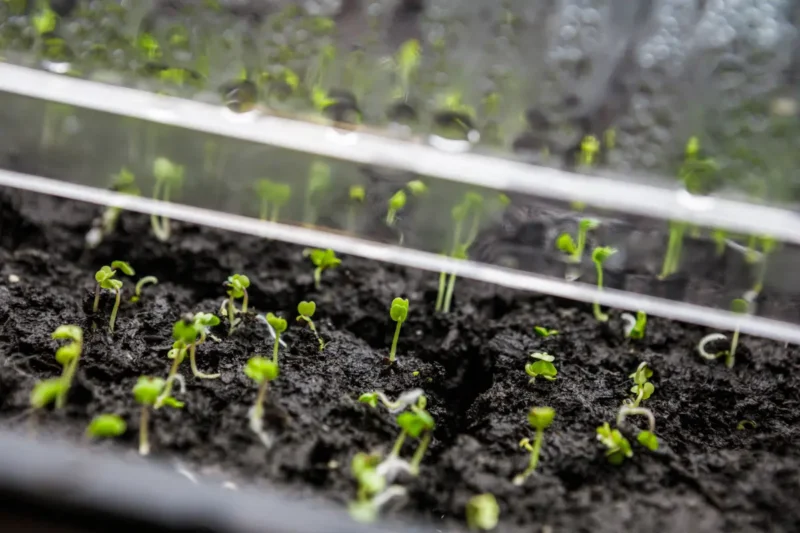
If you can’t wait to start growing, why not get a head start by sowing seeds indoors? Many plants need a longer growing season, and starting them early ensures you’ll have strong, healthy seedlings ready to go when the weather warms up.
For vegetables, try tomatoes, peppers, eggplants, and onions. If you’re looking to grow flowers, start petunias, snapdragons, and lobelias indoors.
Read more: How to Grow Chili Peppers
To help seeds germinate, use a heated propagator or place seed trays in a warm, sunny window. Keep the soil moist but not waterlogged, and within a few weeks, you’ll see tiny green shoots emerging!
6. Refresh and Repair Garden Structures
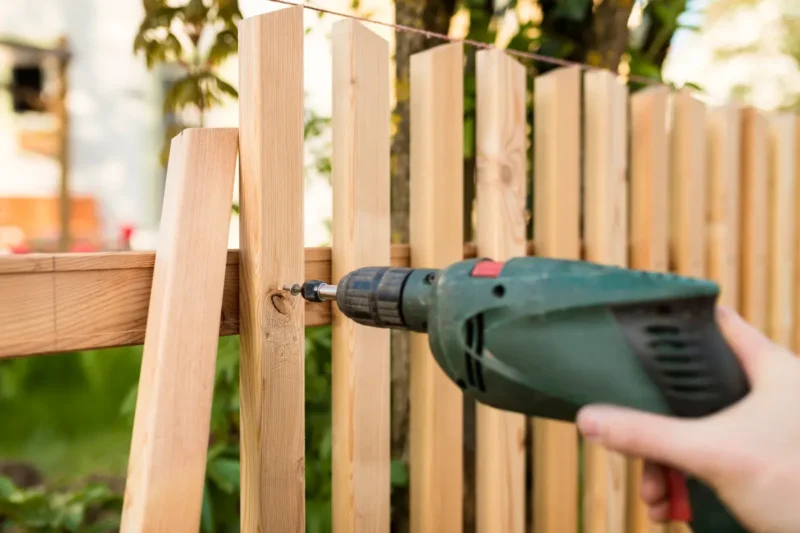
Winter can take a toll on fences, gates, trellises, and raised beds. Before the busy gardening season kicks in, take a moment to inspect your garden structures for signs of wear and tear.
- Check for loose or broken fence panels and fix them now before strong spring winds make things worse.
- Clean and repair trellises so they’re ready for climbing plants like beans, peas, or roses.
- If you have a greenhouse, wash the glass to remove grime and improve sunlight penetration.
Taking care of these small maintenance tasks now will free up more time for planting and enjoying your garden later!
7. Clean and Sharpen Garden Tools
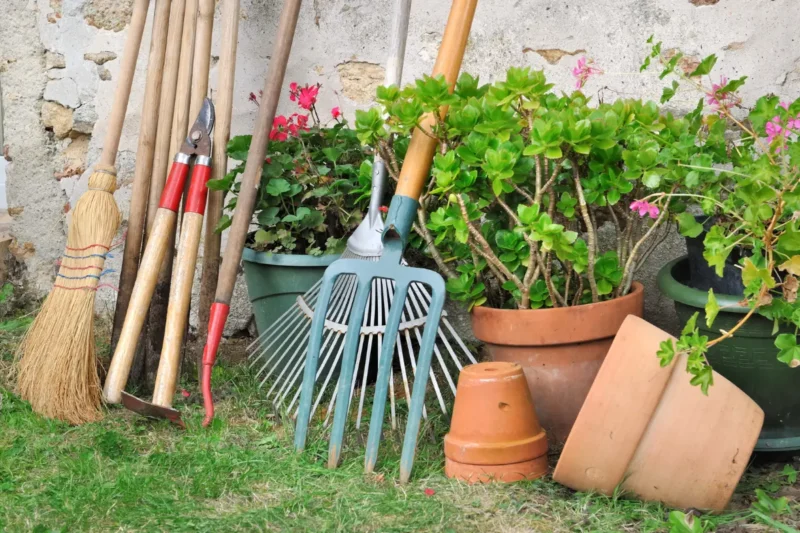
Just like a chef needs sharp knives, a gardener needs sharp tools! Well-maintained tools make gardening easier and more enjoyable.
- Wash pruners, shears, and shovels with warm, soapy water to remove dirt and bacteria.
- Sharpen blades to ensure clean cuts that promote healthy plant growth.
- Apply a little oil or WD40 to hinges and blades to prevent rust.
Spending a little time on tool maintenance now will save you frustration later when you need them most!
8. Install a Rainwater Collection System
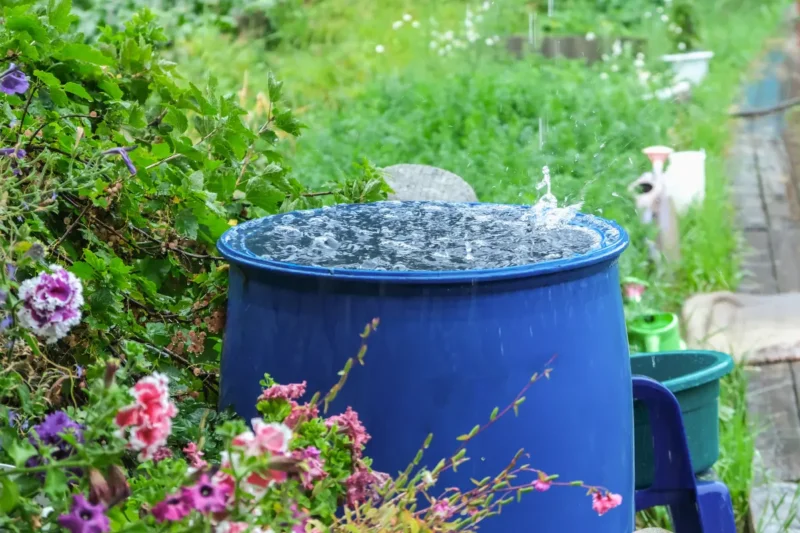
Water is essential for a thriving garden, and harvesting rainwater is a great way to be more eco-friendly. Installing a water butt (rain barrel) now ensures you have plenty of natural water available when dry weather arrives.
- Position the barrel under a downspout from your roof or shed.
- Use the collected rainwater to water plants, especially acid-loving plants like rhododendrons and blueberries.
- A rainwater collection system helps reduce water bills and protect the environment.
Simple, effective, and sustainable – it’s a win-win for you and your garden!
9. Mulch for Moisture and Weed Control
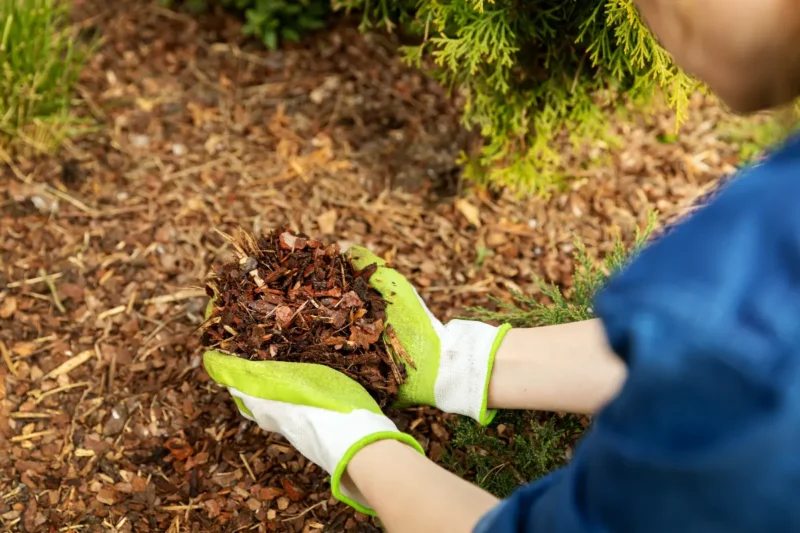
Mulching is one of the easiest ways to keep your garden looking great while reducing maintenance. A 5cm layer of mulch around your plants helps:
- Retain moisture so you water less.
- Suppress weeds before they get a chance to sprout.
- Regulate soil temperature, protecting plant roots from temperature swings.
Use bark chips, straw, or compost, but keep mulch a few inches away from plant stems to prevent rot.
10. Choose Plants for Spring Planting
Now for the fun part – choosing what to plant! March is the perfect time to start both vegetables and flowers.
Vegetables to Plant in March
Read more: 10 Best Vegetables for Beginner Gardeners
Flowers to Plant in March
Read more: Rose Bush Care: The Ultimate Guide
Choosing the right plants ensures a colorful and productive garden all season long!
Final Thoughts
Spring is an exciting time for gardeners, full of possibilities and new growth. By following this spring gardening checklist, you’ll be well-prepared for a season of beautiful blooms and delicious harvests.
So roll up your sleeves, get your hands in the soil, and enjoy the magic of spring gardening! Happy planting!
Need more tips? Check out our blog guide for expert advice and inspiration!

 Java Plum Tree, Black Plum Tree Live Plant, Syzygium Malabar Plum Plant, 14 to 22 Inc Tall, No Pot, Jamun Duhat Tree
Java Plum Tree, Black Plum Tree Live Plant, Syzygium Malabar Plum Plant, 14 to 22 Inc Tall, No Pot, Jamun Duhat Tree 
